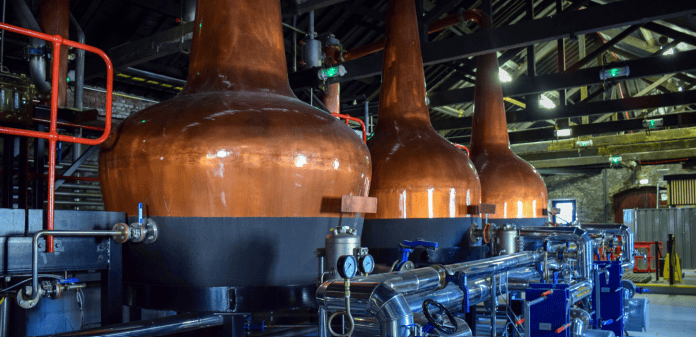
Carbon dioxide has become an essential component of drink production, particularly in drink carbonation. CO2 is commonly used in the production of beer, soda, and wine. The drinks industry has numerous processes dependent on the use of CO2 or which themselves produce this gas as a byproduct. On top of this, a global upturn in the emergence of the smaller craft or microbrewery segments is reaffirming the need for better CO2 safety practices in the workplace. When carbon dioxide reacts with water, it produces carbonic acid, which influences the flavour of drinks and provides the ‘fizz’ in your mouth.
Of Course! As a result of the containers and enclosed factory rooms, this risk associated is ever increased in breweries. CO2 measurement is critical for brewery safety and, more importantly, in beverage manufacturing plants. CO2 levels must be monitored on a regular basis to ensure a safe working environment. This is where gas detectors come into play. Additionally, the measurement of CO2 should also occur in pubs and restaurants which often store cylinders of CO2 in their cellars. This is where the beer tap is used. Employers must be vigilant as the risk associated with CO2 is much greater. The symptoms of CO2 exposure, which include headaches, confusion, dizziness, and loss of consciousness, can be quite severe.
To displace enough oxygen from normal air to trigger a low alarm on a standard oxygen gas detector, the CO2 concentration would need to be in the region of 7%vv or 70,000ppm. This value is 14 times higher than the standard EU Occupational Exposure Limit (TWA) of 5000ppm, meaning employing an oxygen detector alone would be a wholly insufficient method of protection against this gas.
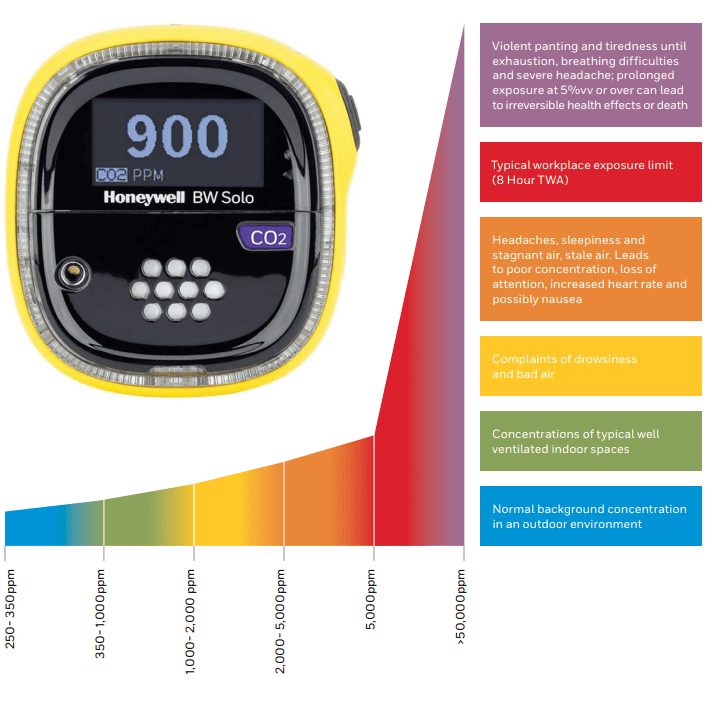
Using a dedicated CO2 sensor also gives us the ability to offer both Instantaneous Alarm Thresholds as well as the Time Weighted Average (TWA & STEL) alarms usually required by local and national legislation. Above 5% (50,000ppm), the effects on the human body quickly become very serious, leading to tiredness, confusion, hyperventilation, and, eventually, to unconsciousness and potentially death.
Typical 8-hour time-weighted average Occupational Exposure Limits sit at around one-tenth of this value, and represent the average allowable exposure over an 8-hour standard work shift period and would apply to all workplaces.
OBW Technologies offers a wide selection of fixed & portable gas detection services for your breweries. Need help choosing suitable gas detectors for the safety requirements of your brewery?
Our team are at your disposal at any time to support you in your project.
From the Blog
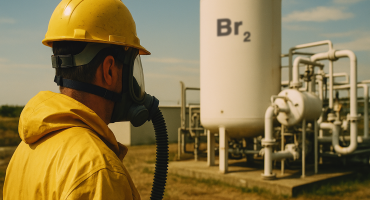
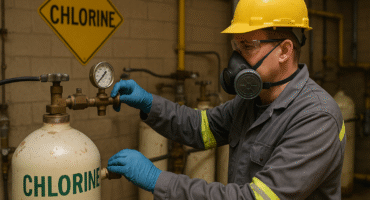
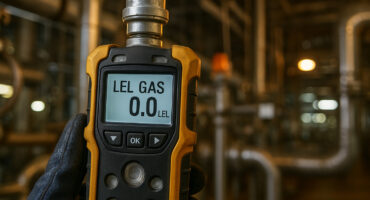
If you have any questions about our products or services, please feel free to contact us.